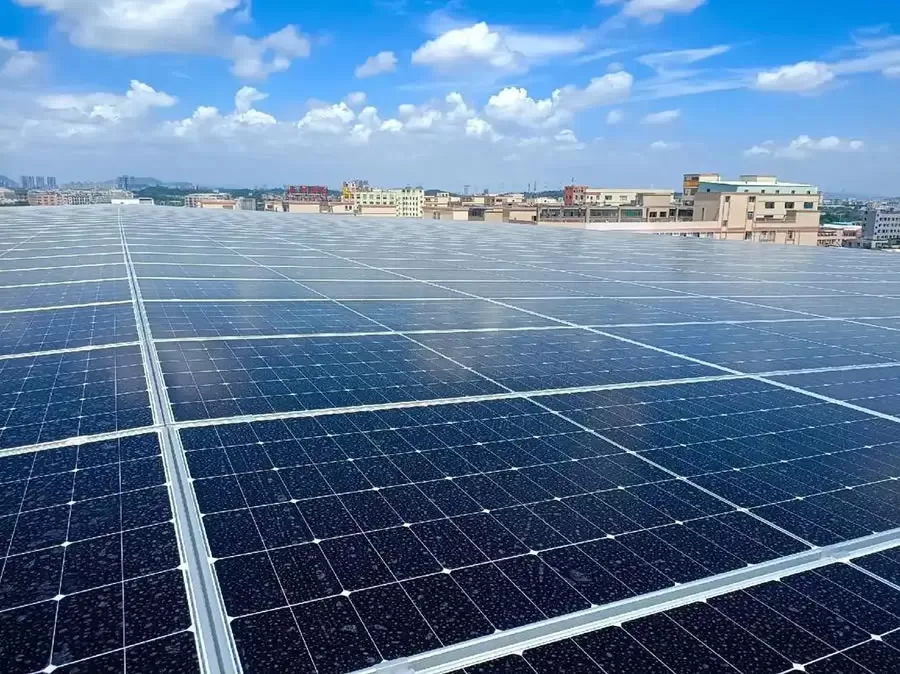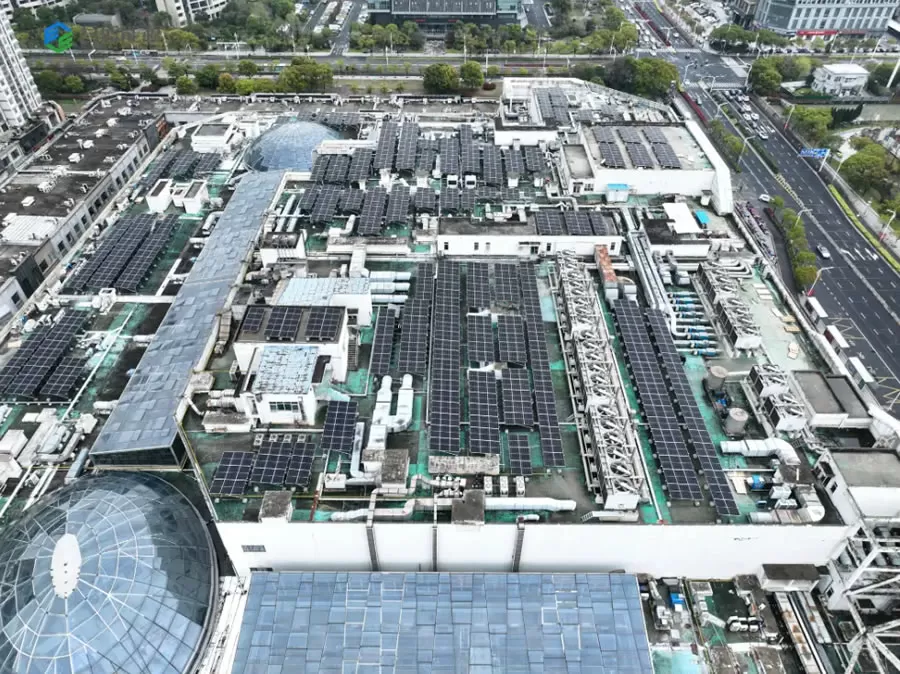
With the popularization of renewable energy, solar photovoltaic power generation is gradually becoming an important source of green electricity. Especially for users with their own PV systems, especially in low latitude areas, with better solar light advantage. How to “sell” the excess power back to the grid and gain economic returns has become their focus.
Brice solar will combine the principles of solar photovoltaic power generation with practical examples to introduce in detail how solar photovoltaic power generation can be connected to the grid and sell electricity.
1. The working principle of grid-connected solar photovoltaic power generation

Solar photovoltaic power generation system is mainly composed of solar panels, inverters, meters and distribution systems. Its basic working principle is as follows:
Solar panels absorb sunlight and convert it into direct current (DC).
The inverter converts the DC into alternating current (AC) so that the power generated can be received by the grid.
Meters are used to record the amount of power generated, especially if grid-connected, and they measure the power input and output in the grid.
The distribution system delivers power from the inverter to the grid or to the load.
The electricity generated by the PV system is first supplied to the user for his/her own use, and if there is surplus electricity, it is fed into the national or local grid through the grid-connected device, thus realizing the sale of electricity.
2. How to realize grid-connected electricity sales?
In order to realize grid-connected solar PV power generation and sell electricity, it usually needs to go through the following steps:
Equipment installation and commissioning
When installing a solar PV system, it is necessary to ensure that the PV system meets the technical requirements of the local power grid. Usually, users need to communicate with the power company or grid operator to ensure that the equipment can be smoothly connected to the grid.
Photovoltaic panels: Choose the right solar panels and install them in the right location to ensure maximum sunlight reception.
Inverters: Choose inverters that can convert DC power to grid-compliant AC power.
Grid connection device: This includes the grid connection inverter, which ensures that the system matches the voltage and frequency of the grid.
Signing the grid access agreement
After installation and commissioning, the user will need to sign a grid access agreement with the local power company or grid operator. This agreement details the process of grid connection and sale of electricity, fees, and power generation settlement.
Grid Connection Fee: Users need to pay a fee for grid connection.
Grid connection certification: The power company checks the access of the PV system to ensure that it meets the grid connection criteria.
Grid-connected power generation and electricity sales settlement
When the PV system is connected to the grid, the power generated will be prioritized for the user's own use according to the demand for electricity, and the remaining power will be fed into the grid through the grid-connected device. The grid will settle power sales based on the contribution of the user.
Metering: Usually, the power company will install two-way meters to record the amount of electricity that the user takes from the grid and sends to the grid.
Tariff subsidy: Depending on the policies of different regions, the power company pays customers revenue from the sale of electricity at a certain tariff. Some countries and regions also provide a fixed feed-in tariff subsidy, which means that the price of electricity sold by the customer remains stable regardless of fluctuations in the market price of electricity.
Revenue Settlement and Payment
Electricity companies settle electricity bills with customers on a regular basis based on the amount of electricity measured. In some regions, PV power may be sold at a higher price than the utility price, and users are able to obtain better economic benefits from this difference.
Example:
China: In many regions, the government provides feed-in tariff subsidies, and PV users can enjoy a feed-in tariff of RMB 0.5-0.8/kWh. With the promotion of the policy, more and more commercial and residential users have gained considerable income through grid-connected electricity sales.
Germany: the feed-in tariff for PV users may be as high as 0.2 EUR/kWh, which provides users with very stable long-term income.
3. Practical Case Analysis
Case 1: PV project in Wanda Plaza, Ningbo, Zhejiang, China

The PV project of Wanda Plaza in Ningbo, Zhejiang Province is expected to generate 5 million kWh of electricity per year through a 5MWp PV system installation. After the project is connected to the grid, all excess power will be delivered to the grid. Assuming that the grid pays a feed-in tariff of 0.6 RMB/kWh, the annual income from electricity sales can reach 3 million RMB. In addition, the project is not only able to save on electricity costs, but also earns additional revenue by selling electricity.
Case 2: Zhejiang Commercial Building Rooftop PV Project in China
Zhejiang Commercial Building has installed a 300 kW PV system on the roof, with an estimated annual generation of 300,000 kWh. According to the local grid's subsidy policy, users will sell each kWh of electricity to the grid for 0.5 yuan, so the annual income from electricity sales is 150,000 yuan. At the same time, the building can also save part of the self-consumption of electricity, the overall income is considerable.
4. Advantages and challenges of grid-connected electricity sales
Advantage:
Stable economic returns: by selling electricity on the grid, users can realize stable cash flow and long-term return on investment.
Saving electricity expenses: Part of the power generation can directly meet their own needs, reducing their dependence on grid electricity.
Environmental protection and social responsibility: using clean energy to generate electricity reduces carbon emissions and enhances the social image of the company.
Challenges:
High initial investment: Installing a PV system requires a high initial investment, especially for large commercial buildings.
Grid access restrictions: Higher grid access standards in some regions may require additional certification and technical modifications.
Risk of policy changes: Changes in feed-in tariffs and subsidy policies may affect the profitability of PV power projects.
Summarize
The grid-connected sale of electricity generated by solar PV systems not only provides users with the opportunity to reduce operating costs, but also enables them to earn additional income from selling electricity. Despite the high initial investment, with policy support and technological advances, solar PV power generation is undoubtedly an investment option with long-term economic benefits.
If you also wish to learn how solar PV system power generation can achieve grid-connected electricity sales, please feel free to contact us and we will provide customized solar PV system solutions according to your needs.









One step to find us,we will respond within 24 hours.
More Contact Details
008613738639386
[email protected]